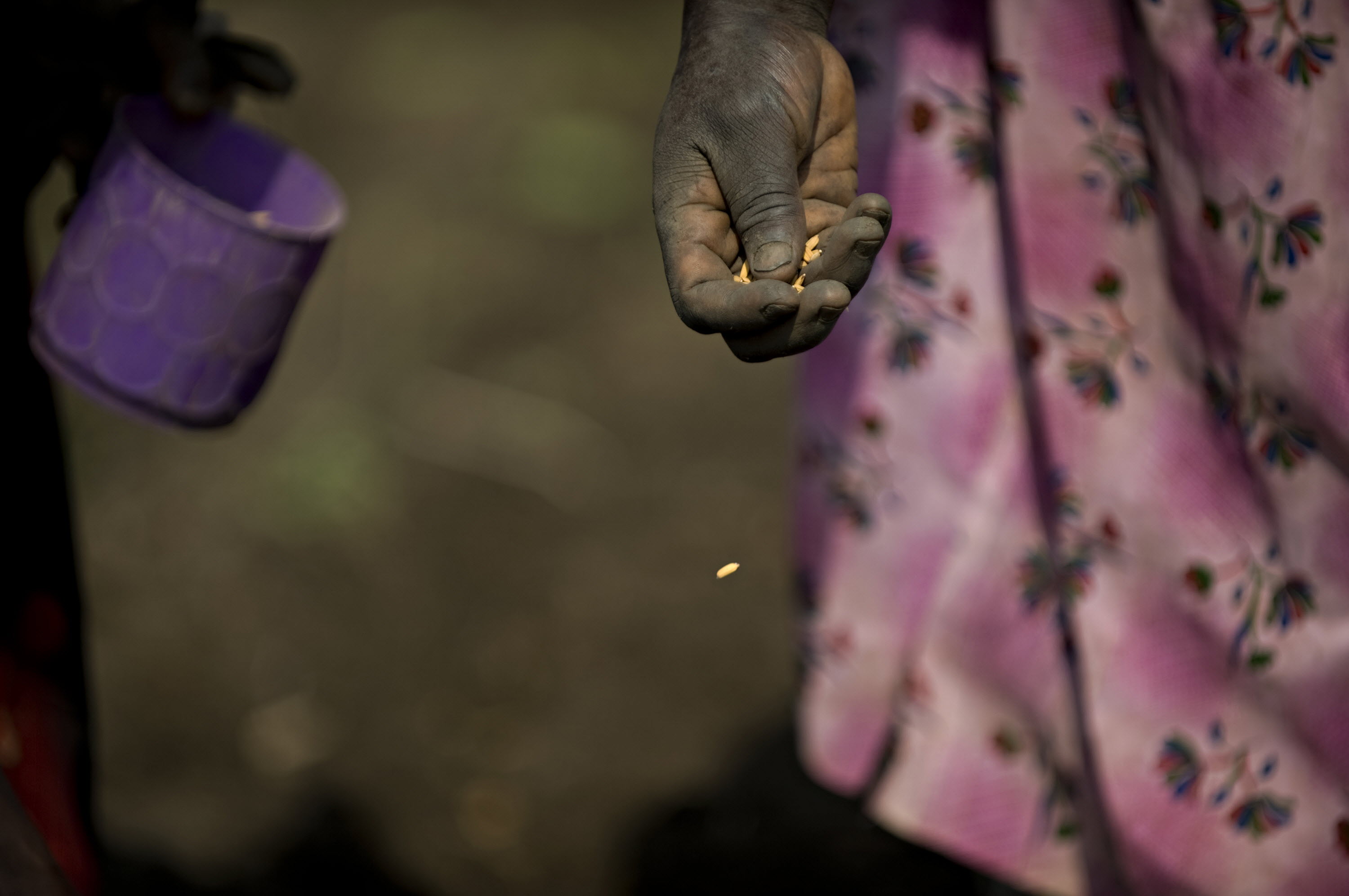Food systems resilience-building for East and Southern Africa enters new phase

Earlier this year, the World Bank approved a second and third phase of its multiphase food systems resilience programme for Eastern and Southern Africa, known by its acronym FSRP.
The FAO Investment Centre contributed substantially to the appraisal and design of both new phases – a USD 300 million Phase 2 for Tanzania and a USD 621 million Phase 3 covering Comoros, Kenya, Malawi, Somalia and the African Union.
The region is home to over 700 million people and 26 countries. Many people live with acute and chronic food insecurity stemming from low agricultural productivity, degraded natural resources, gender inequities around food and resource access, and insufficient trade and regional market integration.
Fragility, conflict, violence, climate change and other shocks, including rising food and fuel prices, pose additional threats to food security.
“There is an urgent need to build agrifood systems in the region that can provide reliable access to safe, nutritious and affordable food, create decent jobs, promote greater equity and maintain healthy and thriving ecosystems,” said Iain Shuker, World Bank Regional Director for Sustainable Development for the Eastern and Southern Africa region.
“Many of the root causes – and consequences – of food insecurity defy national borders,” he added. “These drivers can, and often need to, be addressed cooperatively. The transboundary nature of many food system risks also suggests that national investments will benefit more than one country.”
Investment and innovation
For Giovanni Muñoz, FAO Investment Centre Chief for the East and Southern Africa Service, there are many reasons why agriculture-led growth can strengthen resilience in the region.
“The agrifood sector is a vital economic segment in these countries in what is a rapidly urbanizing region with a very young population,” he said. “We’re seeing shifts in consumption, which can open up attractive entrepreneurial opportunities and jobs along agrifood value chains, especially for women and young people.”
He added that innovations in climate adaptation like the adoption of better farm inputs and production technologies and a more efficient use of water and soil resources, including through the use of digital technologies such as automated irrigation systems, soil sensors and drones, can enhance agricultural productivity and climate resilience and modernize agricultural extension services.
Regional and cross-border collaboration in agricultural innovation systems and the provision of hydrometeorological (Hydromet) services and early warning information can also build effective forecasting capabilities, including for floods and drought.
Cumulatively speaking, the USD 2.75 billion multiphase FSRP provides a broad, flexible and adaptive range of activities to participating countries in the region. Activities centre around rebuilding resilient agricultural production capacity, supporting better natural resource management, improving market access and promoting resilience-focused national and regional policies.
Phase 2 of the FSRP is designed as a Program-for-Results in Tanzania, a country well-positioned to contribute to regional food security.
This second phase aims to help, among others, 300,000 Tanzanian farmers adopt resilience enhancing technologies and practices, almost half of them women. About 1.8 million farmers stand to benefit from better access to assets and service delivery for research, extension and seeds.
Phase 3 of the FSRP will finance climate-resilient agrifood projects in Comoros, Kenya, Malawi and Somalia. It will also focus on boosting their food insecurity preparedness and ability to respond swiftly and effectively to a potential crisis or emergency.
While most of Phase 3 funding will be channelled through national governments for local investments, there is a regional focus, with activities aimed at strengthening the African Union. The programme expects to reach nearly 1 million people, including farmers, small-scale producers, processors and small and medium agribusinesses.
Earlier, the FAO Investment Centre contributed to the design of Phase 1, under way since 2022, which covers Ethiopia and Madagascar, with the Intergovernmental Authority on Development and the Centre for Coordination of Agricultural Research and Development for Southern Africa.
Together, these different phases of the FSRP reflect the steadfast commitment FAO shares with its longstanding partner the World Bank to help countries invest more and better for healthier, sustainable and resilient futures.
